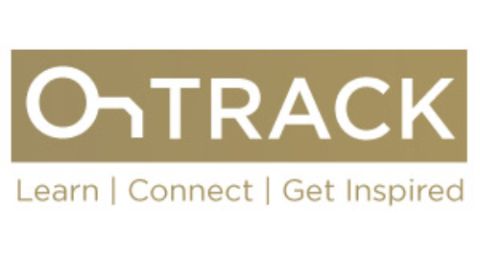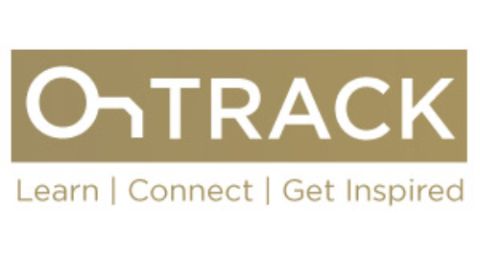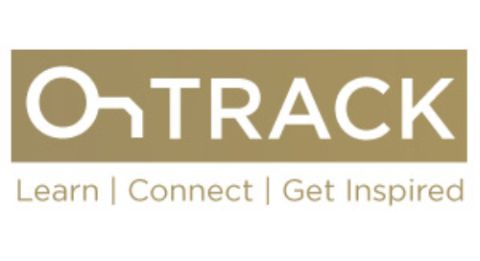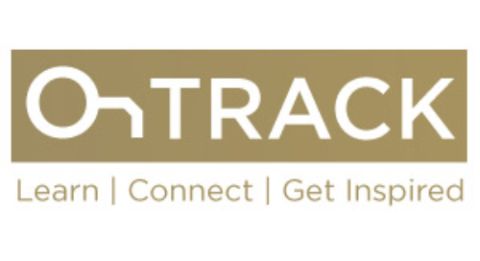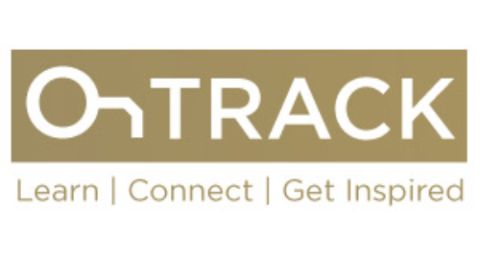What Impact will the Coronavirus have on Your Designs?

Judy Warner: Mike, we are hearing and watching the tough impact of the coronavirus on the world stage. From your perspective as a globally-focused editor, what are you seeing and hearing that is immediately impacting the electronics industry?
Mike Buetow: There is clearly disruption in the supply chain at several levels. Taiwanese-owned factories make up the leading share of bare boards worldwide, at about 34%. About 63% of the output value of Taiwan's PCB factories are produced in mainland China and 35% are produced in Taiwan. According to my good friend Dr. Hayao Nakahara, China produces about 54% of the world’s PCBs, and Taiwan another 10%. There simply isn’t enough capacity elsewhere to make up for those two nations going offline for any extended period of time. And the same holds for laminate, components and packaging. While there is production in every region, China and Taiwan hold the keys. Allocation has begun. The good news is, the TPCA (Taiwan Printed Circuit Association) estimates that the resumption rate of PCB factories outside Hubei is about 50% to 80%. It could be much worse. Still, we could see some weaker companies fold if they can't get product out quickly.
Warner: What consequences do you think these market conditions may have on design engineers around the world?
Buetow: There could be a slowdown both in program starts and in time to completion. I would also expect there to be some isolated issues where CAD tool training might be disrupted, although much of that type of training is now done online. There will be some service bureaus and contract labor whose finances will certainly be tight for a period of time.
Warner: We all know that media outlets tend to conflate and often scare people by how they craft headlines. What do you think may be over-sensationalized (or under-reported) aspects of this outbreak relative to the impact on world economies and specifically the electronics ecosystem?
Buetow: The media NEVER hypes events and is NEVER wrong. Kidding aside, the economic impacts are very real. There have been the inevitable comparisons to other upper respiratory disease outbreaks such as SARS, H1N1 and MERS. I’m not a physician and it would be out of my lane to comment on the epidemiology of COVID-19. But there is no question the world economy has been shaken. China’s factories were taken offline for weeks, but are now coming back to near full capacity. The consensus economic estimate is for China’s industrial sector to show a 6% year-over-year decline in production over the January-February span. March wasn’t much better: The forecast is for production to rise 4.7%, which sounds good, except when compared with a year ago, when production was up 8.5%. In that context, there is still a slowing, even though the trend swung back to positive on a sequential basis.
What this means for the rest of the world is that access to the raw materials and finished goods is slowed or suspended, and inventories will run dry. Most electronic component inventories had stabilized last year. I expect that to change fairly rapidly, and to take a couple of quarters to smooth out, or longer if COVID-19 has a long lifespan.
Consumer spending drives the world economy. It made up about $14.8 trillion in the fourth quarter alone, according to the Bureau of Economic Analysis. The ratio of consumer spending to GDP is close to 69%. If consumers are scared or unable to buy goods and services, due to mass quarantines, the hit to the world economy will be huge. Italy is the eighth-largest economy in the world. As I write this, it has been totally shut down. If that situation lasts into April or beyond, there’s no question the nation will fall into recession. The world stock markets have taken serious body blows, and in various industries such as commercial aerospace and oil/gas, furloughs and layoffs could be forthcoming. That’s real wealth that has evaporated, and it could take years to recover it.
I don’t expect millions of people will die, a la the 1918 influenza epidemic. But in terms of the economic impacts, I don’t think the effects have been overstated.
Warner: Based on your long tenure in the industry and having seen things like this before, what's your best guess on how this may play out?
Buetow: I’d guess two quarters to get the supply chains backup and fully running. That’s because Europe and North America are now grappling with the fallout, even as China is coming back online. And compared to China, it’s more difficult to simply shut down democratic societies, where freedom of movement is a given. The good news – if it can be called that – is that since the vast majority of raw material supply comes from Southeast Asia and China, if that region is back online, then the interruption to the West won’t be as long as it could be. It’s simpler – not simple, but simpler – if all that is needed is to bring assembly plants back up and not the entire supply chain.
(Editor’s Note: As of this writing,IPC has stepped in to advocate for American factories to be classified as “essential” during this time since nearly all medical devices are electronics-driven. California and Ohio have been responsive thus far and others are pending).
Warner: What advice would you offer design engineers during this time that may help them to avoid delays or obstacles in getting their designs produced and to market?
Buetow: This is where having more suppliers than you think you need pays off, since you will have more eggs in a given basket. That’s less of an issue for production, since design engineers typically aren’t making those decisions. But for prototypes, where we have seen some of that business leave North America for Asia, they will see firsthand what the relative higher cost of the West really buys them. And I would strongly urge design engineers to visit with their component distributors – virtually, of course – since this is where they will really sink or swim.
Warner: Any final thoughts?
Buetow: I am interested to see how this affects design collaboration, if at all. Will companies with the scale to use a distributed design model – e.g., “follow the sun” – be more or less likely to continue that process?
Warner: Thanks very much, Mike for sharing your perspective on this issue. It’s been very insightful, and we’ll all be watching this situation unfold eagerly. Is there somewhere our readers can continue to follow the updates you and UP media are tracking on this issue?
Buetow: Thanks for asking, Judy. I’m always happy to share my observations.
Readers who may want to follow our reporting on COVID-19 and other breaking news in real-time (or something close to it) can follow me on Twitter (@mikebuetow), visit our websites (pcdandf.com and circuitsassembly.com) or subscribe to our free newsletter (pcbupdate.com).

Mike Buetow is editor-in-chief of PCD&F/CIRCUITS FABRICATION magazine, the world’s leading publication for electronics design and manufacturing, and editorial director of UP Media Group, for which he oversees all editorial and production aspects. He has more than 20 years’ experience in the electronics industry, including six years at IPC, an electronics trade association, at which he was a technical projects manager and communications director. He has also held editorial positions at SMT Magazine, community newspapers and book publishing. He is a graduate of the University of Illinois.
Editor's Note: PCB Design education is available from UP Media at their annual PCB West Conference in California, as well as live training in select regions through PCB2Day. See Websites for further information.

